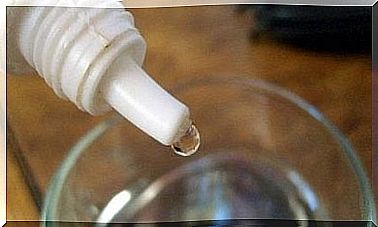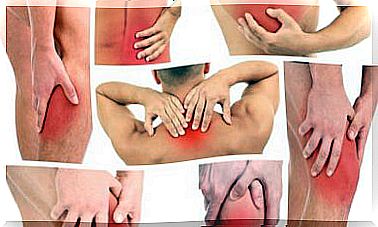Tooth Agenesis: The Different Types And Treatments
Many people suffer from dental agenesis. Find out more about agenesis and how to treat it here.
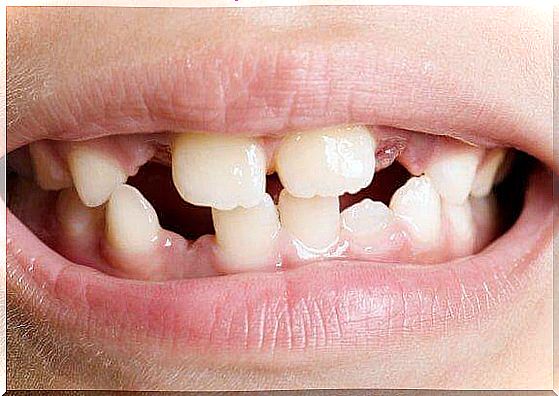
Dental agenesis is one of the most common malformations: this term refers to the absence of one or more teeth. It has nothing to do with bad dental care or bad dental cleaning.
It is a congenital problem that often affects several members of the same family. It is then usual for a specialist to check whether there is a history in the family.
Contrary to what one might think, this problem does not necessarily affect the entire dentition: it particularly affects the incisors and premolars.
Prompt diagnosis is essential: the earlier the problem is diagnosed, the sooner treatment can be prescribed and started.
This treatment can consist of replacing lost teeth or correcting the dentition. Both of these treatments prevent the problem from worsening and, of course, they help improve the patient’s self-esteem.
In this article, we explain to you what are the causes behind this anomaly, what are the different types of dental agenesis and what are the possible treatments to remedy it.
Dental agenesis: the causes of this anomaly
Although dental agenesis is mainly a hereditary problem, other causes can be at the origin of this abnormality.
Among these different causes, the most common is a physical obstruction or an interruption of the dental blade : this obstruction or interruption prevents the proper formation of the tooth. Consequence of this: over time, the tooth eventually falls out or does not fully grow and remains incomplete.
Lack of space is another possible factor to explain this anomaly. When this is the case, the patient normally ends up with overlapping teeth due to the lack of space in their dentition.
Dental agenesis can prevent proper tooth formation or good odontogenesis. This means that some teeth never complete their natural cycle.
Dental agenesis: the different types of agenesis
Admittedly, dental agenesis involves the loss of a tooth or the malformation of several teeth, but we do not know how many teeth will be affected by this anomaly.
It depends on determining factors, including the type of agenesis inherited, how quickly this abnormality was diagnosed and when treatment was started.
The different types of agenesis allow us to know what stage we are at:
- Hypodontia: this is the least serious condition: it is characterized by the absence of one to six teeth
- Oligodontia: more than six teeth missing and this number may increase
- Anodontia: this is the most serious condition: there are no teeth in the mouth
In cases of hypodontia and oligodontia, it will be necessary to determine whether the loss occurs only on one side of the mouth or on both sides.
If the loss occurs only on one side of the mouth, it is called unilateral agenesis. If the loss occurs on both sides of the mouth, it is called bilateral agenesis.
Dental agenesis: available treatments
If you think you are suffering from dental agenesis, you should see a dentist to confirm or not your assumptions. Only he can determine if you need to start treatment.
There are several solutions.
Dental implants
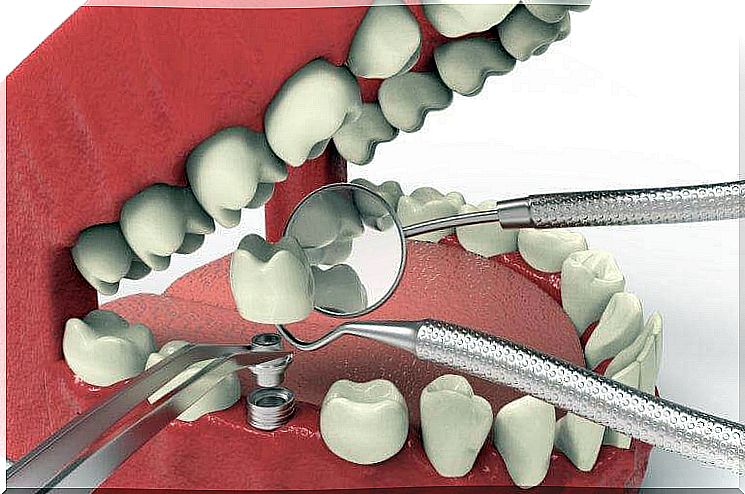
Depending on our age, the condition of our teeth and the number of missing teeth, the dentist will be able to determine if the placement of dental implants is the ideal solution for us.
It is this solution that is generally adopted when certain teeth are damaged or have fallen out.
A dental implant is an artificial tooth fixed to the gum tissue with a kind of screw implanted in the jawbone.
The condition of the gum tissue will be a determining factor in the decision whether or not to place dental implants, the goal being to obtain satisfactory results. We advise you to consult a doctor whom you particularly trust.
Orthodontics
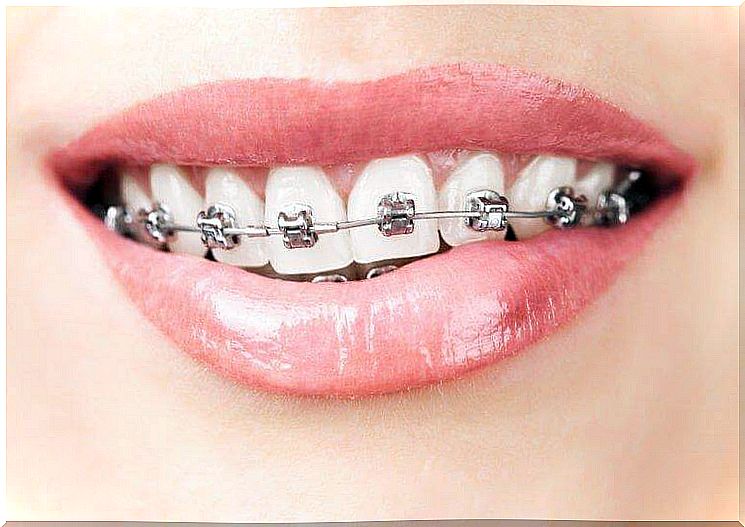
If you suffer more specifically from hypodontia, the ideal solution is not the dental implant, but orthodontics. This treatment will help to easily fill the excess spaces between the teeth and it will then be unnecessary to inflict the installation of a dental implant.
There is also the possibility of having recourse to a partial prosthesis. However, the prosthesis is the last resort: if the installation of dental implants and orthodontics are not possible solutions, the partial prosthesis will be the solution proposed.
Do you know anyone who suffers from this problem? Do you suffer from dental agenesis? Rest assured, there are alternatives to enjoy healthy teeth and solve this problem as quickly as possible.
Make sure that the professional who will take care of you has already treated patients with dental agenesis. This will give you reassurance throughout the process, from diagnosis to treatment results.







